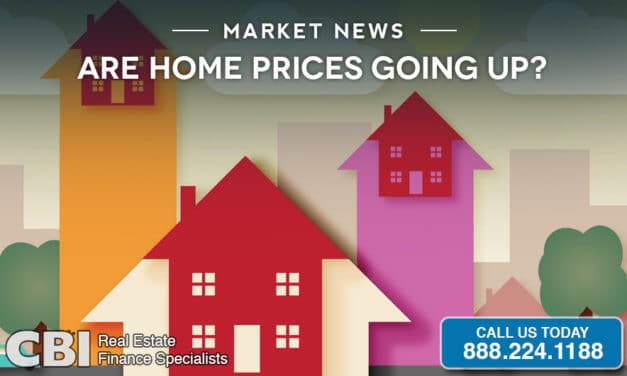MORTGAGE INSIDER OCTOBER 2018, Where is our economy headed?
MORTGAGE INSIDER OCTOBER 2018 Where is our economy headed? The month of October began with new highs for the stock market, bond yields moving up, and investors optimistic about continued growth for the U.S. economy. With the…
Read More
